How can we help you?
Trousers
- What does moisture vapour transmission (breathability) mean?
- Are PFCs used in Jack Wolfskin TEXAPORE weather protection technology too?
- Are larger models or petite sizes available?
- What are PFCs?
- What are softshells and what advantages do they offer?
- What is Jack Wolfskin doing to prevent the use of harmful chemicals?
- What is a “layering system”?
- What is waterproofness/water column?
- Where do I find the product number or product name and the age of my Jack Wolfskin product?
-
Moisture vapour transmission (breathability) is an important attribute for waterproof clothing.
The moisture vapour transmission is denoted by the “Moisture Vapour Transmission Rate” (MVTR), and is given in g/m²/24h. This value indicates how much moisture vapour will pass through a square metre of fabric in a 24-hour period (g/m2/24).
This means:
the greater the MTVR value, the better the moisture vapour transmission rate and therefore the breathability. -
Neither perfluorinated nor polyfluorinated compounds (PFCs) are used in TEXAPORE technology. Jack Wolfskin's TEXAPORE weatherproof technology is based on membranes and coatings made from polyurethane (PU). These membranes and coatings are extremely flexible and durable, and offer the very best protection from the wind and rain, as well as high breathability.
All our clothing items, including Texapore products are completely 100% PFC-free as from spring/summer 2019.
-
Yes. Many of our classics and several of our new models each season have an extended range of sizes and are available in larger sizes and/or short or long-length sizes. This applies to our clothing as well as to our shoes.
However, we are only able to offer selected models with an extended range of sizes for organisational reasons. -
In the past, perfluorinated and polyfluorinated chemicals (PFCs) were as much a part of the textile industry as a needle and thread. This is not surprising, as their water, grease and dirt-resistant properties are, admittedly, extremely practical. However, the use of perfluorinated and polyfluorinated chemicals has, over time, been proven to include risks.
PFCs get into the environment during the production stage and are extremely difficult to break down there. They may, therefore, pollute groundwater and drinking water, and enter the food cycle.
PFOA – a substance within the PFC group – has actually been proven to be toxic. Consequently, we have banned this substance (and PFOS) from our products. -
Softshells provide more climate comfort and freedom of movement than classic weatherproof jackets and offer protection in 90% of all weather conditions. The idea originates from mountain sports, and the range of softshell apparel now available is extensive.
There are two different types of softshells with different highlights:
FLEX SHIELD SOFTSHELL
- Excellent breathability
- Extremely generous freedom of movement
- Wind-resistant and water-repellent
- No additional membrane or coating (= higher breathability)
STORMLOCK SOFTSHELL
- Windproof and water-repellent
- High level of comfort
- Stretchy
- Breathable
Softshells do not claim to provide maximum protection; instead, they offer the optimum mix of weather protection and comfort. The softshell motto is therefore: “Put it on and leave it on!”
-
As a responsible brand, we have been committed for years to upholding our own comprehensive list of prohibited chemicals, and only bringing non-toxic products onto the market.
In addition, we became a bluesign® system partner in 2011 in order to limit our use of chemicals right from the manufacturing process of materials.We are the only outdoor brand to have joined the Zero Discharge of Hazardous Chemicals group and, furthermore, we are implementing a “joint roadmap” together with other companies and industries in order to achieve zero emissions of harmful chemicals by 2020.
-
The layering system comprises three layers of clothing, which each have a specific task:
The first layer comes in direct contact with the skin. It quickly and efficiently wicks away sweat to the exterior and prevents the body from cooling down rapidly. Our functional underwear and base layers are ideal for this first layer of clothing.
The second layer provides insulation and wicks away moisture from the first layer. Depending on the activity, outdoor shirts, fleeces, light down jackets or jackets with a light synthetic fibre interlining form the second layer of clothing. The different materials make it possible to perfectly adjust insulation to match the temperature and activity.
The third layer ensures weather protection. If it’s mostly dry, softshells are a convenient option. They are wind-resistant and water-repellent and provide adequate weather protection against approx. 90% of weather situations. They also guarantee impressive climate comfort. If you’re looking for 100% weather protection, our TEXAPORE weatherproof jackets are ideal: they are waterproof, windproof and breathable!
-
The water column indicates the level of water pressure that a fabric can withstand before water penetrates it. The waterproof specification of a material is generally stated in mmH2O (water column/millimetres).
The higher the water column rating of a material, the greater the water pressure it can withstand and the greater the level of waterproofness.Our different TEXAPORE performance levels have water column ratings from 1700 to 50,000 mm. For example, when sitting on wet grass in a pair of waterproof pants, the pressure on the fabric corresponds to a water column rating of approx. 2000 mm.
Pressure is almost always measured in mbar (millibars) or Pa (Pascals). However, in the textile industry, using “mmH20” has become commonplace: this convention originates from the time before analogue or digital pressure measurement gauges were available, when the pressure exerted was read off the level of a column of water in a small tube. -
There is a narrow label bearing a seven-digit product number behind the care label. Directly below the product number, there is a combination of several numbers and letters – the first two figures of this combination are the year of production. This information helps our customer service to process enquiries.
The respective product name of our apparel does not appear on the products. The label which features the article number is usually located at the side seam or in one of the jacket pockets.
On some of our products from the equipment range, there is also a product name directly below the Jack Wolfskin logo.
The size label is located inside the shoe (usually on the inside of the tongue).
Contact and help
Do you have any other questions or do you need individual assistance?
If so, please get in contact with our customer service team:
00800-WOLFSKIN
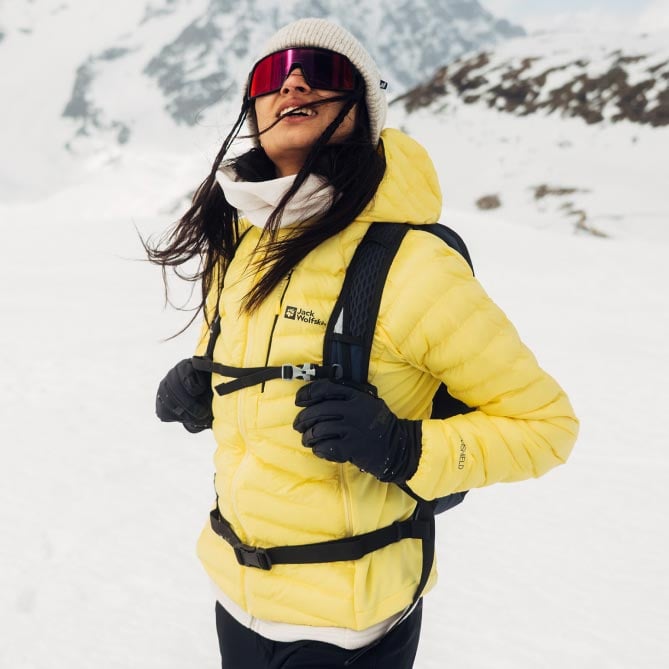
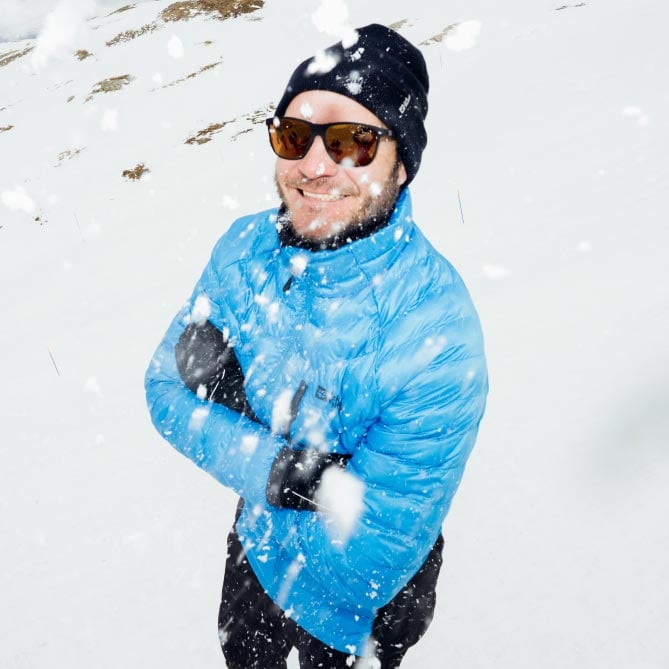
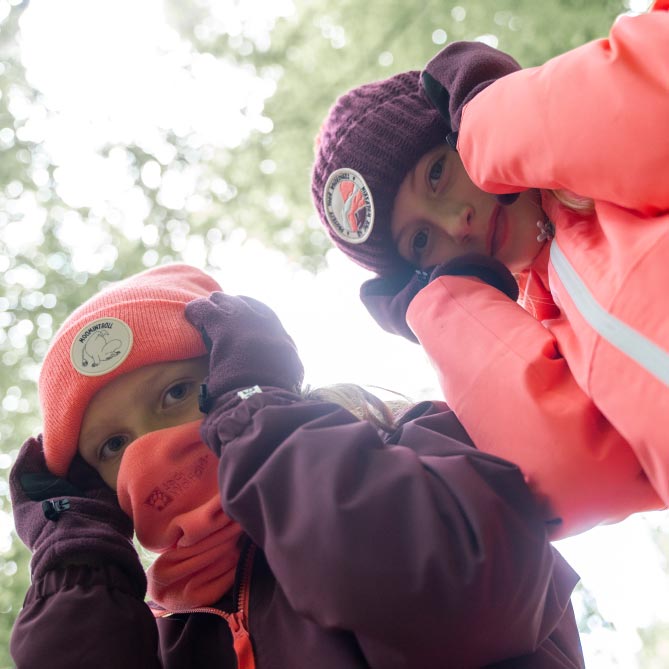
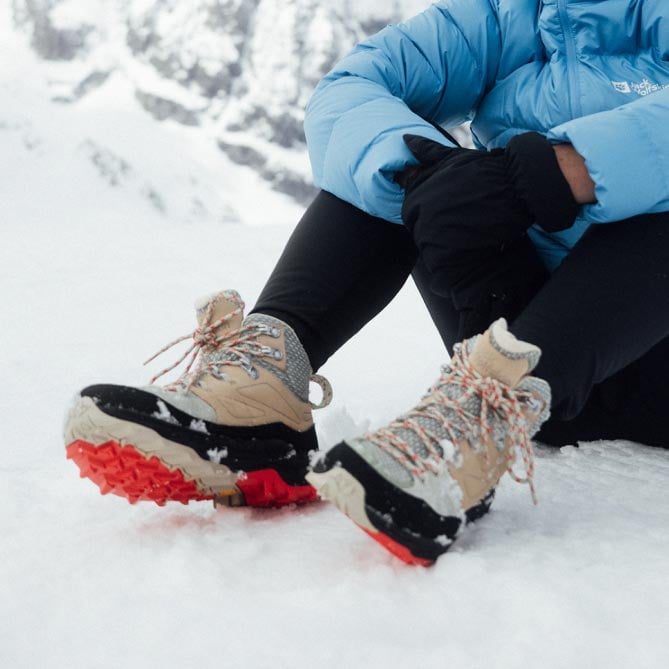
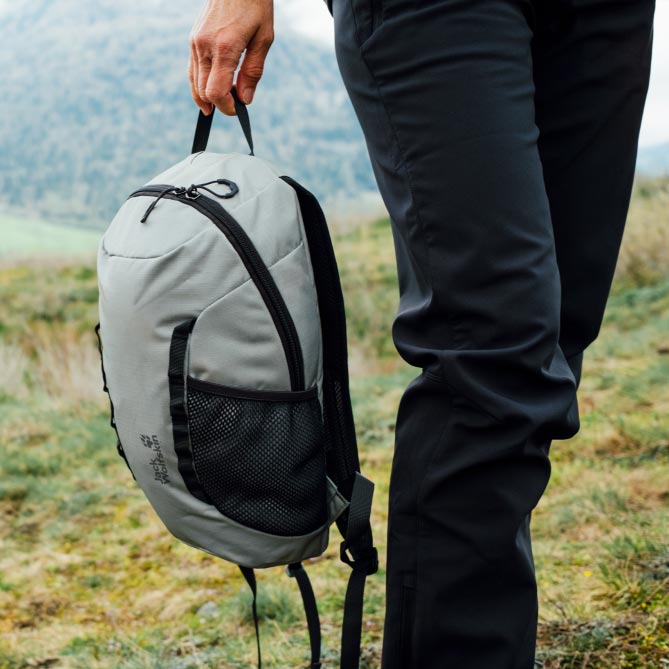
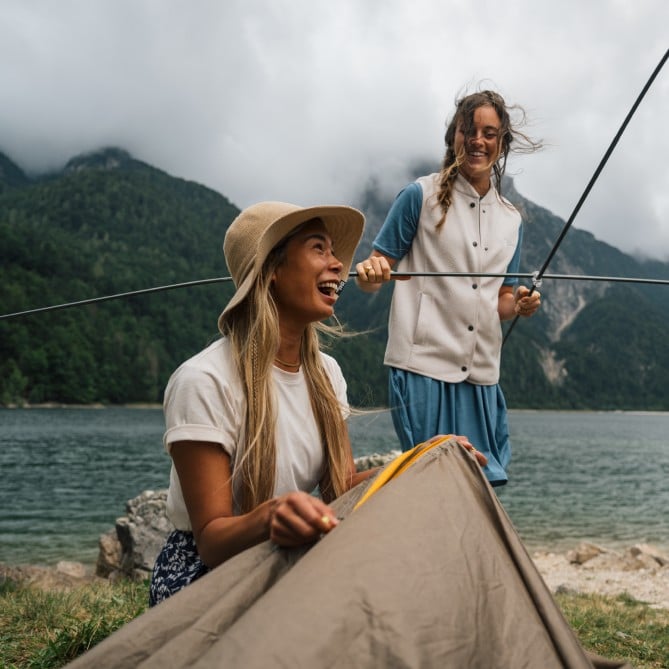
 Germany
Germany
 Austria
Austria
 Switzerland
Switzerland
 United Kingdom
United Kingdom
 Belgium
Belgium
 Bulgaria
Bulgaria
 Croatia
Croatia
 Cyprus
Cyprus
 Czech Republic
Czech Republic
 Denmark
Denmark
 España
España
 Estonia
Estonia
 Finland
Finland
 France
France
 Greece
Greece
 Hungary
Hungary
 Ireland
Ireland
 Italy
Italy
 Latvia
Latvia
 Lithuania
Lithuania
 Luxembourg
Luxembourg
 Netherlands
Netherlands
 Polska
Polska
 Portugal
Portugal
 Romania
Romania
 Slovakia
Slovakia
 Slovenia
Slovenia
 Sweden
Sweden
 LaCordee.com - CAN
LaCordee.com - CAN